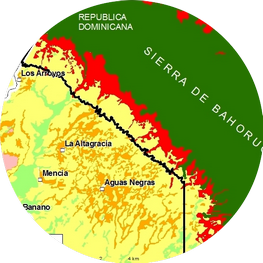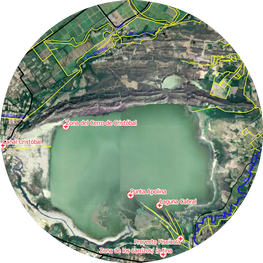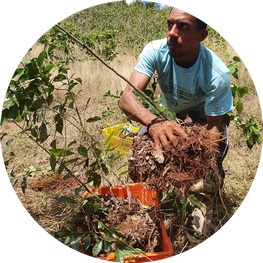ECOSYSTEM CONSERVATION
Natural ecosystems provide us many services. For example, natural forests, with their multiiple strata or levels and dense structure, act like a sponge, helping soak rainfall, preserve moisture from the clouds (especially in mountain areas), thus maintaining water levels in our rivers and aquifers throughout the year. At the same time, forests regulate extreme flows caused by storms, avoiding land slides and inundations. Mangroves are another example: They protect the shoreline from storm waves and surves, at the same time they store a large amount of carbon, helping reduce greenhouse gases responsible form climate change.
Also, our natural ecosystems are the main refuge for our native and endemic species. Some species can only live in certain ecosystems or in ecosystems untouched by humans, so they risk disappearing when these are destroyed or degraded. Certain species also depend on other species to survive, such as some butterrfies which rely on a single host plant for its caterpillars, or some frog which only live in certain bromeliads. Some ecosystems are only found in specific sites, such as serpentine soil areas, cloud mountain forests, dragon blook forests, etc. This is why it is critical to know where they are and monitor them so they can survive.
Mapeo cobertura boscosa

Monitoreo de lagos

Restauración

Salud arrecifal

Original documents
Guía de restauración de bosque seco (descargar .pdf)
Monitoreo y mapeo del bosque húmedo de Sierra de Bahoruco sur (descargar .pdf)
Plan de conservación del Parque Nacional Sierra de Bahoruco (descargar .pdf)